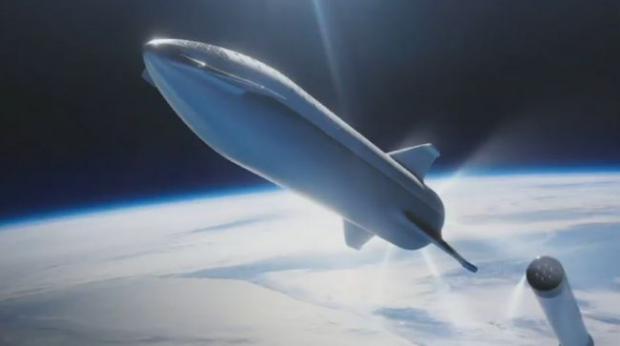
Breaking News
 This roof paint blocks 97% of sunlight and pulls water from the air
This roof paint blocks 97% of sunlight and pulls water from the air
 'Venomous' Republican split over Israel hits new low as fiery feud reaches White House
'Venomous' Republican split over Israel hits new low as fiery feud reaches White House
 Disease-ridden monkey that escaped from research facility shot dead by vigilante mom protecting...
Disease-ridden monkey that escaped from research facility shot dead by vigilante mom protecting...
 Hooters returns - founders say survival hinges on uniform change after buying chain...
Hooters returns - founders say survival hinges on uniform change after buying chain...
Top Tech News
 The 6 Best LLM Tools To Run Models Locally
The 6 Best LLM Tools To Run Models Locally
 Testing My First Sodium-Ion Solar Battery
Testing My First Sodium-Ion Solar Battery
 A man once paralyzed from the waist down now stands on his own, not with machines or wires,...
A man once paralyzed from the waist down now stands on his own, not with machines or wires,...
 Review: Thumb-sized thermal camera turns your phone into a smart tool
Review: Thumb-sized thermal camera turns your phone into a smart tool
 Army To Bring Nuclear Microreactors To Its Bases By 2028
Army To Bring Nuclear Microreactors To Its Bases By 2028
 Nissan Says It's On Track For Solid-State Batteries That Double EV Range By 2028
Nissan Says It's On Track For Solid-State Batteries That Double EV Range By 2028
 Carbon based computers that run on iron
Carbon based computers that run on iron
 Russia flies strategic cruise missile propelled by a nuclear engine
Russia flies strategic cruise missile propelled by a nuclear engine
 100% Free AC & Heat from SOLAR! Airspool Mini Split AC from Santan Solar | Unboxing & Install
100% Free AC & Heat from SOLAR! Airspool Mini Split AC from Santan Solar | Unboxing & Install
 Engineers Discovered the Spectacular Secret to Making 17x Stronger Cement
Engineers Discovered the Spectacular Secret to Making 17x Stronger Cement
Elon Musk to Unveil SpaceX's New Starship Design Tonight. Here's What to Expect

It's that time again.
Elon Musk will unveil the latest design of SpaceX's Starship Mars-colonization architecture tonight (Sept. 28) during a presentation at the company's South Texas facilities, near the village of Boca Chica.
The talk, which will occur at 8 p.m. EDT (7 p.m. CDT, 0000 GMT), will be streamed live online. You can watch it live here at start time, as well as on Space.com's homepage. You can watch the livestream directly from SpaceX here.
The billionaire entrepreneur has given such an update every September since 2016. Much has changed since then, including the architecture's name, which shifted from the Interplanetary Transport System to the BFR to the current moniker, Starship and Super Heavy.
Then there's size. Musk said in 2017 that the BFR will stand 348 feet (106 meters) tall. But in the tweaked design he revealed last year, the system had grown to a towering 387 feet (118 m).
The basic design concept has held firm, however: a two-stage system that consists of a passenger-carrying vehicle (Starship in the latest iteration) stacked atop a huge rocket (Super Heavy). Both elements will be fully and rapidly reusable, Musk has said.



